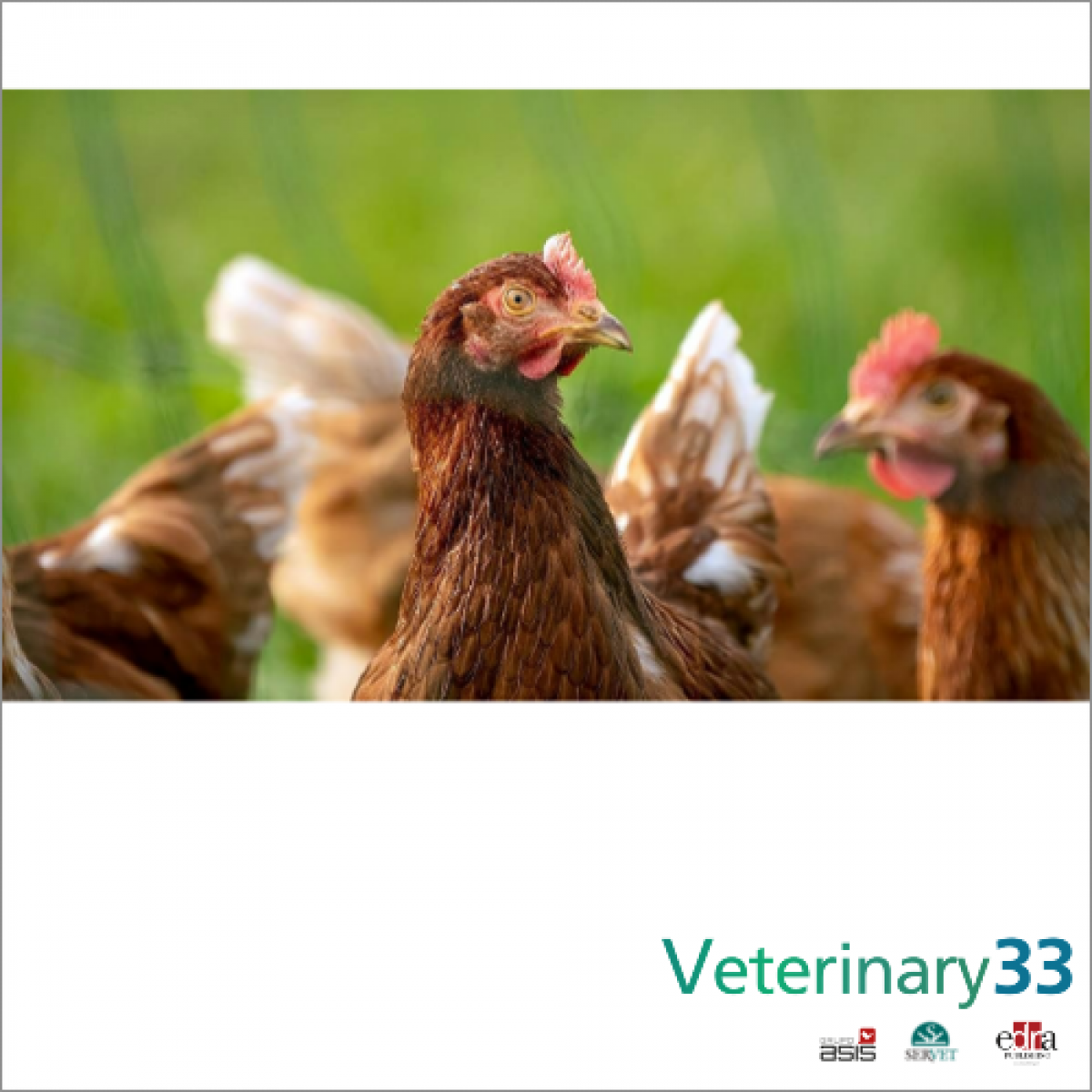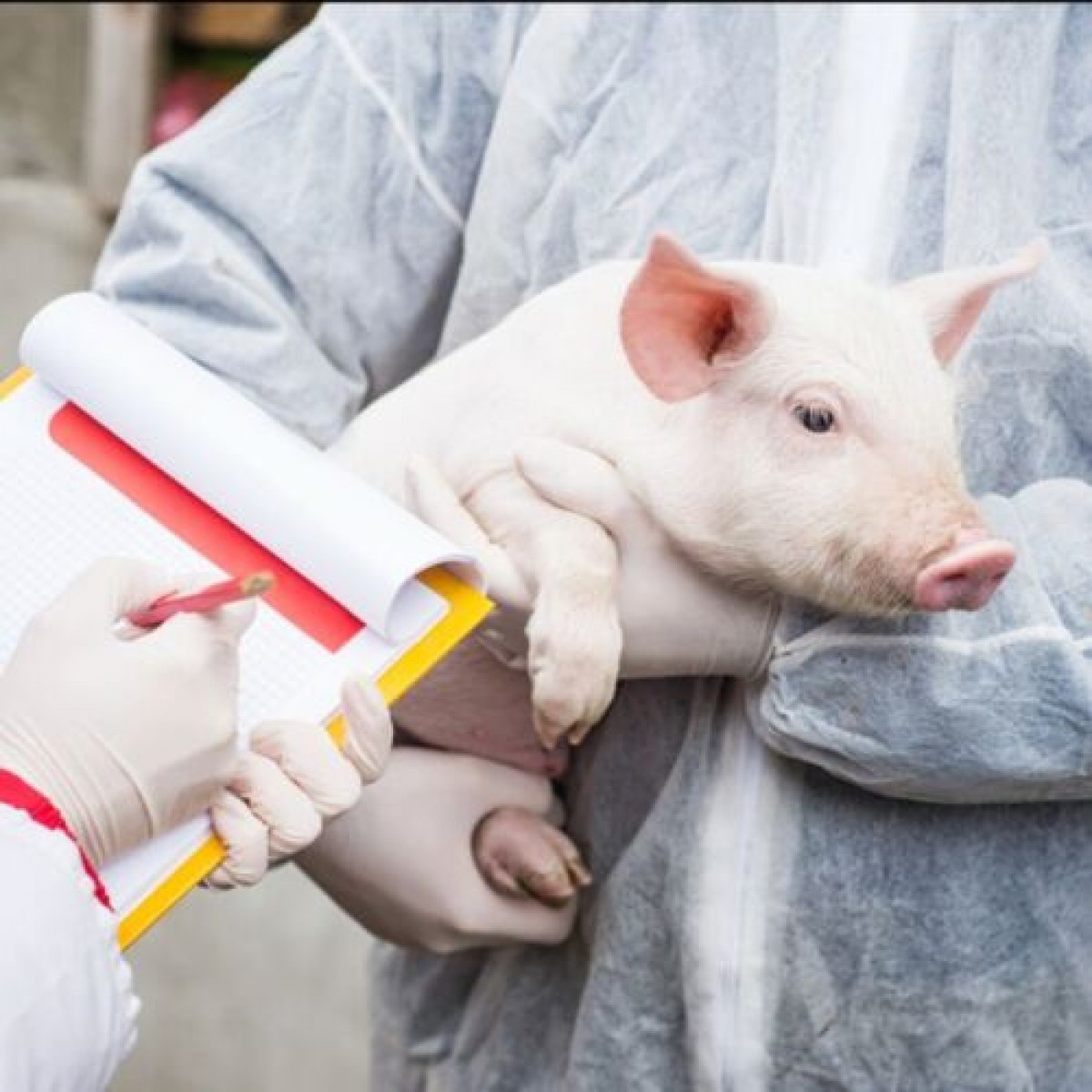Tissue culture that mimics the gut helps to investigate the gut biology of poultry
The Roslin Institute in Edinburgh, Scotland, has developed three-dimensional tissue cultures that mimic the gut of chicken to investigate the gut biology of poultry.
These three-dimensional tissue cultures are composed of various cell types. They will allow researchers to study the health and diseases of poultry, including infections such as salmonellosis and bird flu, and support research to understand the immune response better. AsThis is because stated on the Poultry World website. With this development, they add, they want to accelerate studies on intestinal health and diseases that affect birds worldwide and reduce the number of animals used in research.
Known as enteroids
Known as enteroids, these miniature intestines are the first models to naturally include immune system cells, allowing a complete understanding of the chicken's response to infection. Organoid development depends on the ideal growth environment, typically within a protein-rich gel dome surrounded by liquid cell culture supplemented with growth factors. Under these conditions, stem cells can follow their own genetic instructions to self-organize and form structures that resemble miniature intestines.
Chicken enteroids have not been easy to develop, as they do not grow well under the typical conditions used for mammalian ones. Scientists at the Roslin Institute found that they would only thrive properly when floated in liquid culture, without the gel dome and many typical culture supplements.
An opportunity to study diseases
Tessa Nash, the spokesperson for the Roslin Institute, explained that “the lack of cell culture tools has long hampered studies on the gastrointestinal systems of birds. But with the development of these new mini-intestines, we can now study important diseases to the poultry industry, including zoonotic infections like Salmonella and influenza. " Professor Lonneke Vervelde added: “Organoids of this type will support studies to develop our understanding of how intestinal tissue in chickens responds to, for example, disease, feed additives, nutrition, and heat stress, saving time and reducing the number of animals necessary for this process.”














List
Add
Please enter a comment